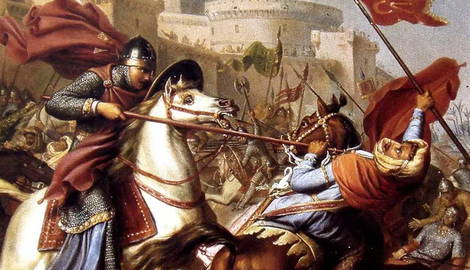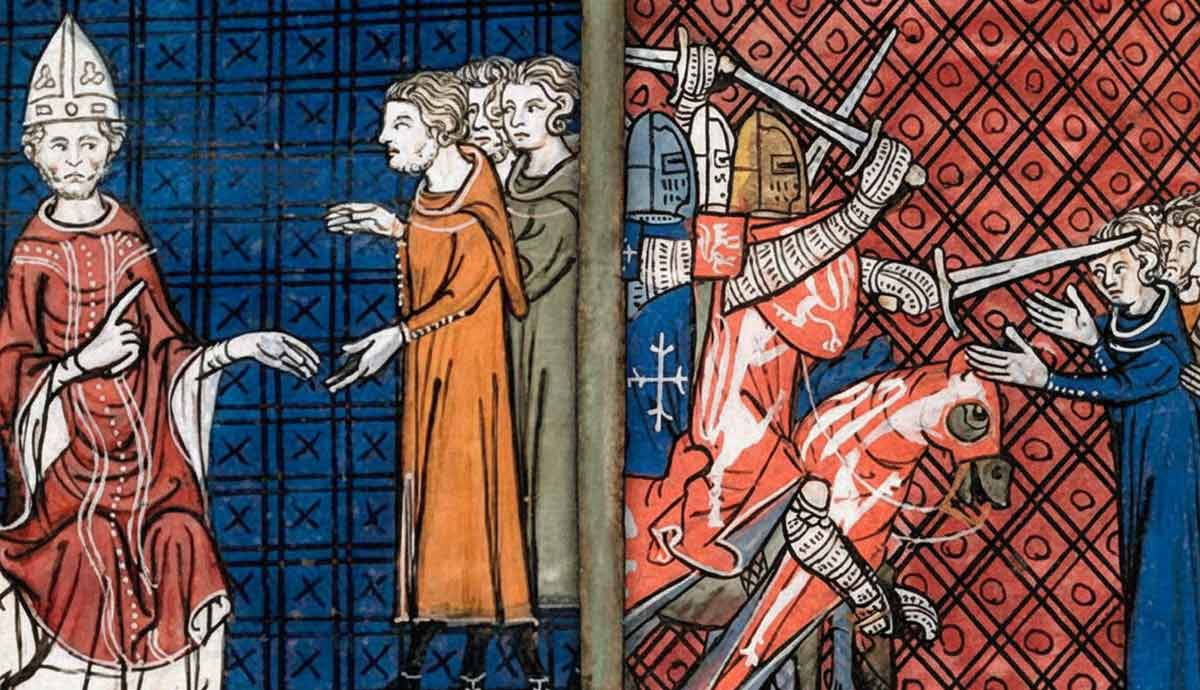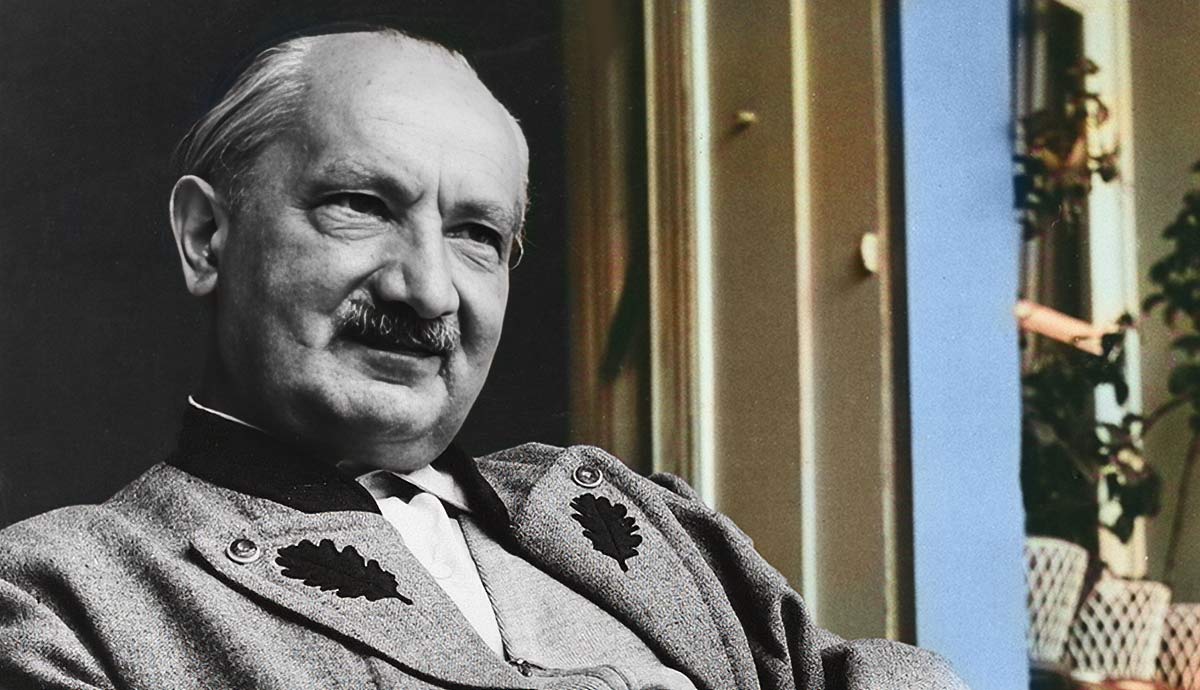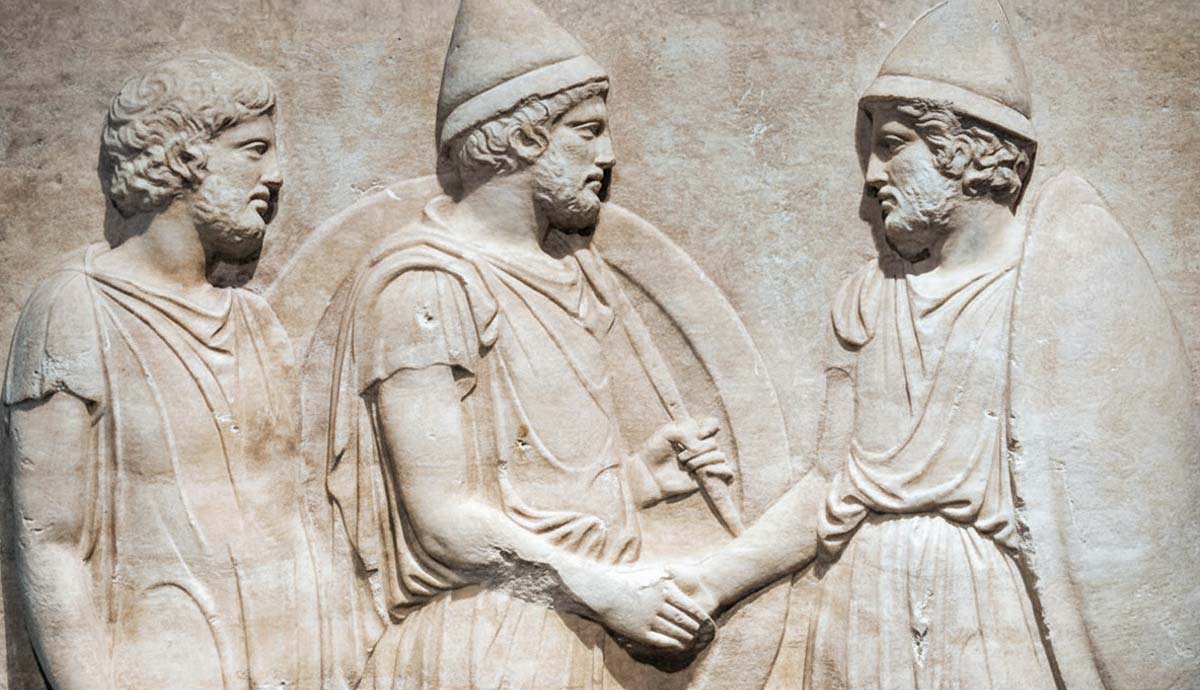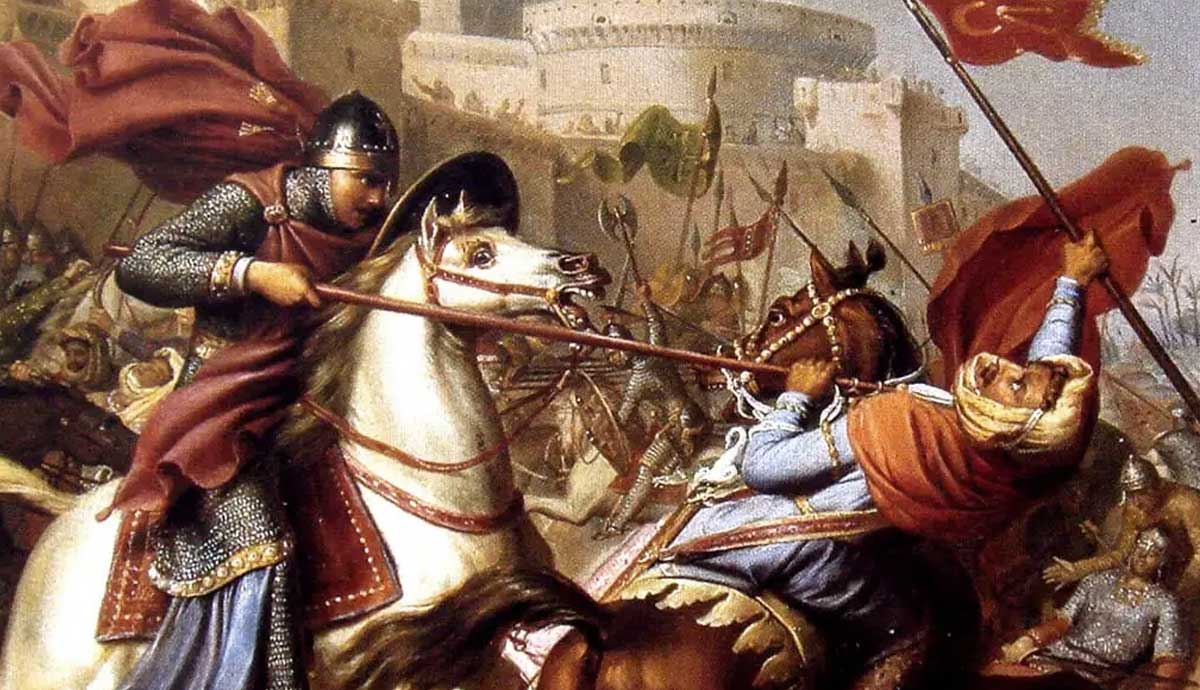
The Crusades were an attempt by the medieval Roman Catholic Church in the Middle Ages to use military force to reconquer the Holy Land (Jerusalem and its surrounding areas, where Jesus Christ lived and preached) from Muslim rule. Occurring from 1096-1300 CE, there were 8 Crusades and various other smaller actions taken by the Church. The effects of the Crusades were varied among Christendom.
A Change in the Power of the Papacy

For the Popes of the time, the Crusades held promise of a consolidation of power. Christian armies with members from all countries each had a Pope at their head, and shared the same goal for supremacy. This meant, for a time, that the Popes held great theological and secular power, becoming another sort of prince in Europe rather than just a church leader. However, by the time the Crusades were over and had generally failed in their goals, Popes were faced with weakened influence and a permanent split with the Eastern Church.
Shortly before the First crusade, the Western Roman Catholic and Eastern Orthodox Churches split in 1054 over theological and authoritative disputes, in what became known as the Great Schism. While there was still some dialogue between the two, the failure of the Crusades and the damage caused by Crusaders to the Eastern Church and people made the rift permanent.
The Creation of Military Orders

The Teutonic Knights, the Knights Templar, and the Knights Hospitallers are among the more well-known organizations founded during the crusades. Before this time, knights generally fought for kings or allied with other nobility. During the Crusades, groups of knights formed to combine resources and share comradery for their mission to retake the Holy Land. Many of these groups would wield power to one degree or another well after the Crusades were completed.
A Change in Finances

Because the financing of the crusades was so expensive, and individual knights were responsible for their own transportation and costs, new ways of moving money around were needed. Several cities, such as Venice, Genoa, and Pisa, became immensely wealthy in transporting knights and acquiring new trade routes. With so many resources needed, inventive financing became necessary and crusaders borrowed and entered partnerships with others, often merchants who were not nobility, to finance their journeys.
New forms of taxation also arose around this time, and the overall wealth of the Church also found a great increase through gains made by some of the successes of the Crusaders. Money as a medium of exchange became more common as well, as much of the economy was more based on a barter system rather than coinage.
Strained Relations Between Christians and Muslims

Before the Crusades, travelers could visit the Holy Land freely without much trouble. However, relations strained between Christians and Muslims over repeated invasions by Christians in an attempt to gain territory. The persecution of Jews also increased throughout Christendom, a strain that increased as Jews were commonly the lenders to Crusaders, who often had to turn to them as lenders as a last resort.
Shifting Wealth

The contact that opened between the east and west during the Crusades did increase certain connections that led to future developments. The Crusaders did not just gain access to the physical wealth of the Middle East, but also intellectual and cultural wealth. The mathematic and scientific advancements made by Muslims, as well as their retention of Greek and Roman literature laid some of the foundations for future developments in Western Europe that led to the Renaissance, Reformation, and beyond.
The effects upon Christianity by the Crusades were felt further in the future than at the present. There was little major theological change, though the rift with the Eastern Church, which became permanent, and the evolution of the status of the Pope, were among the greatest religious effects. The impact upon Europe outside of Church matters was far greater, opening it up to the vast wealth of resources within the Middle East.
